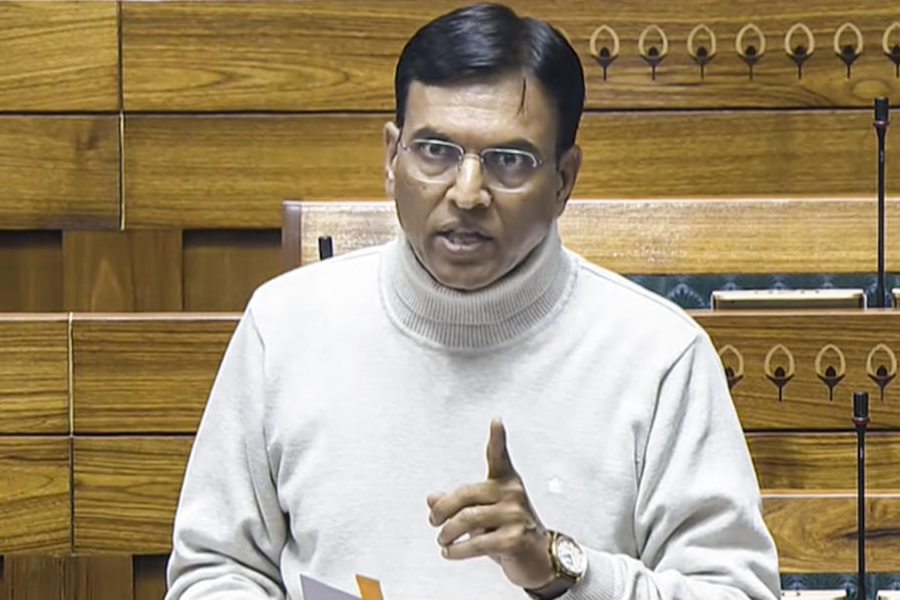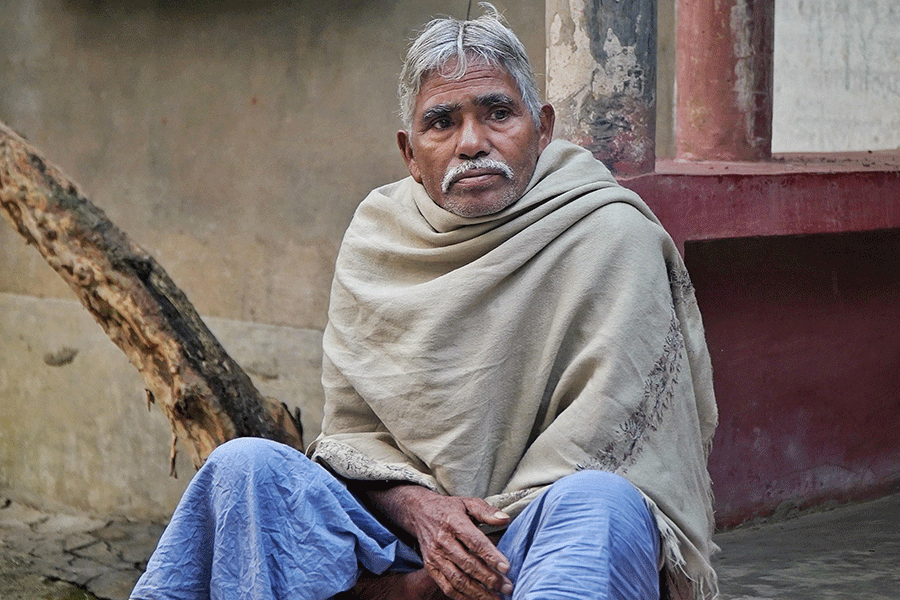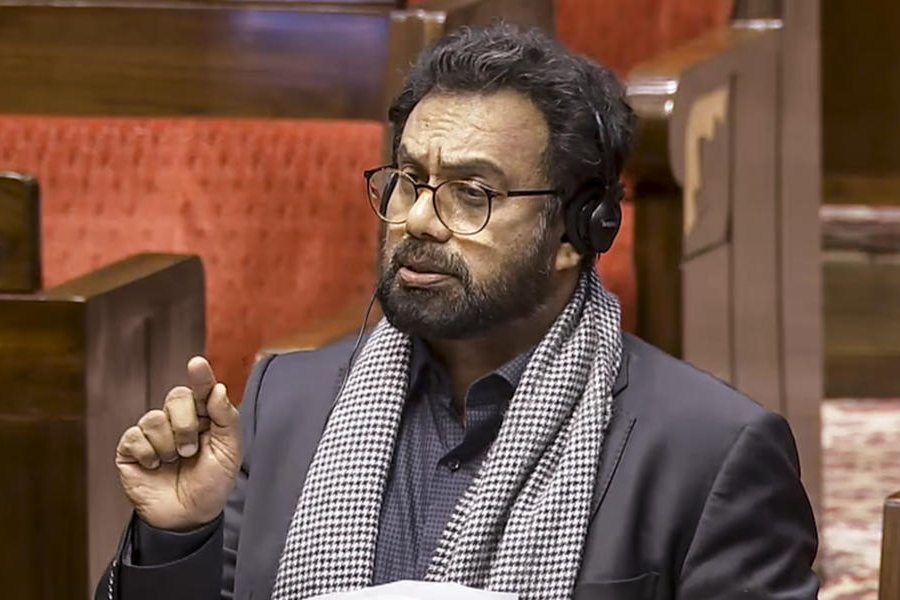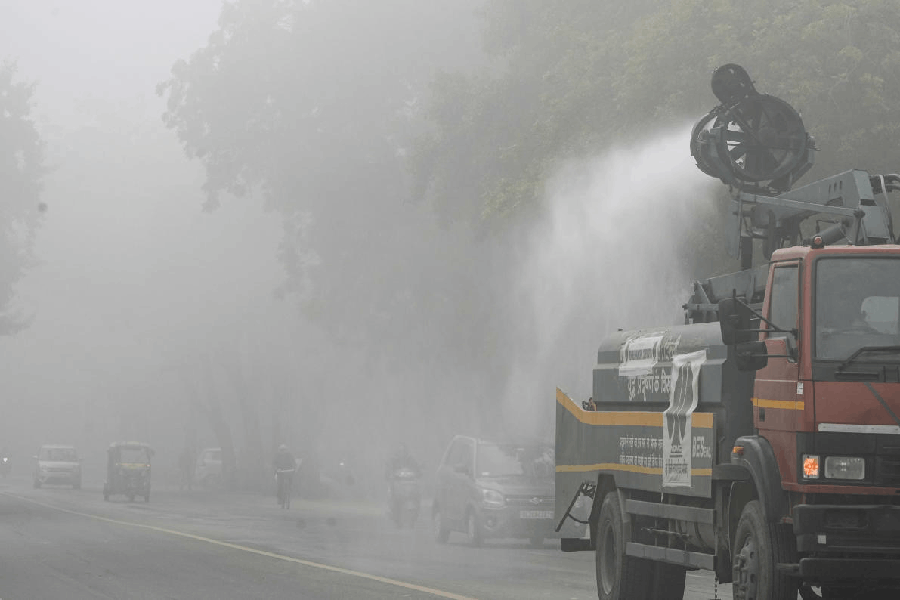
Chief minister Nitish Kumar on Friday asked officials to make new buildings across the state earthquake-resistant and retrofit the older ones against tremors.
"The new buildings constructed in the state should be earthquake resistant and public buildings already present should be retrofitted to include quake-resistant techniques as a large part of Bihar falls under (seismic) zone IV and V," Nitish said following the inauguration of a validation workshop on disaster risk reduction roadmap.
He added: "Experts believe the energy accumulated inside the earth in the Himalayan region has not been fully released yet. This is the reason we are witnessing continuous quakes in the region at an interval of every few days. This makes it all the more necessary for us to adopt earthquake-resistant techniques."
Districts in central Bihar, including Patna, fall in seismic zone IV, a high-risk zone. The districts along the Nepal border lie in seismic zone V. The Nepal earthquake of 7.9 magnitude on April 25, 2015 killed 58 people in Bihar.
Retrofitment is the process of strengthening the existing structure through appropriate design and construction for better safety against quakes.
Around the time of the April 2015 earthquakes, Bihar State Disaster Management Authority vice-chairman Anil Kumar Sinha has said none of the buildings in Patna were retrofitted to be earthquake-resistant. There has not been much improvement since.
In such a case, Nitish's stress on earthquake-resistant structures and the Disaster Risk Reduction Roadmap 2015-2030 - the first such framework in the country, prepared by the state disaster management department - assume extra significance.
The roadmap has been inspired by the disaster risk reduction framework organised by the UN at Sendai (Japan) in March last year.
The Sendai framework is a 15-year, voluntary, non-binding agreement that recognises that the state has the primary role to reduce disaster risks but the responsibility should be shared with other stakeholders, including the local self government.
Nitish said: "It is a matter of pride that Bihar is the first state in the country to prepare such a roadmap. It has fixed some targets that will be achieved by 2030 - to cut down loss of lives and property, and reduce the number of people affected by disasters. We cannot stop disasters completely but can take preventive measures to save people."
The roadmap has eight chapters and fixes three aims to be achieved by 2030 - cut down disaster death rate by 75 per cent, bring down the number of disaster-affected persons by 50 per cent and decrease losses by 50 per cent. It also envisages proper monitoring and evaluation aspects, as well as budgetary implications.
The state is prone to multiple disasters, including floods, droughts, cyclones and cold waves, and already has a standard operating procedure for tackling them.
On January 5, Patna residents were jolted out of their beds owing to a temblor measuring 6.7 Richter with its epicentre in Manipur's Tamenglong district, 1,300km east of Patna.
Disaster management minister Chandra Shekhar, principal secretary, disaster management, Vyasji and Anil Kumar Sinha among others were present at the function held at a city hotel.










